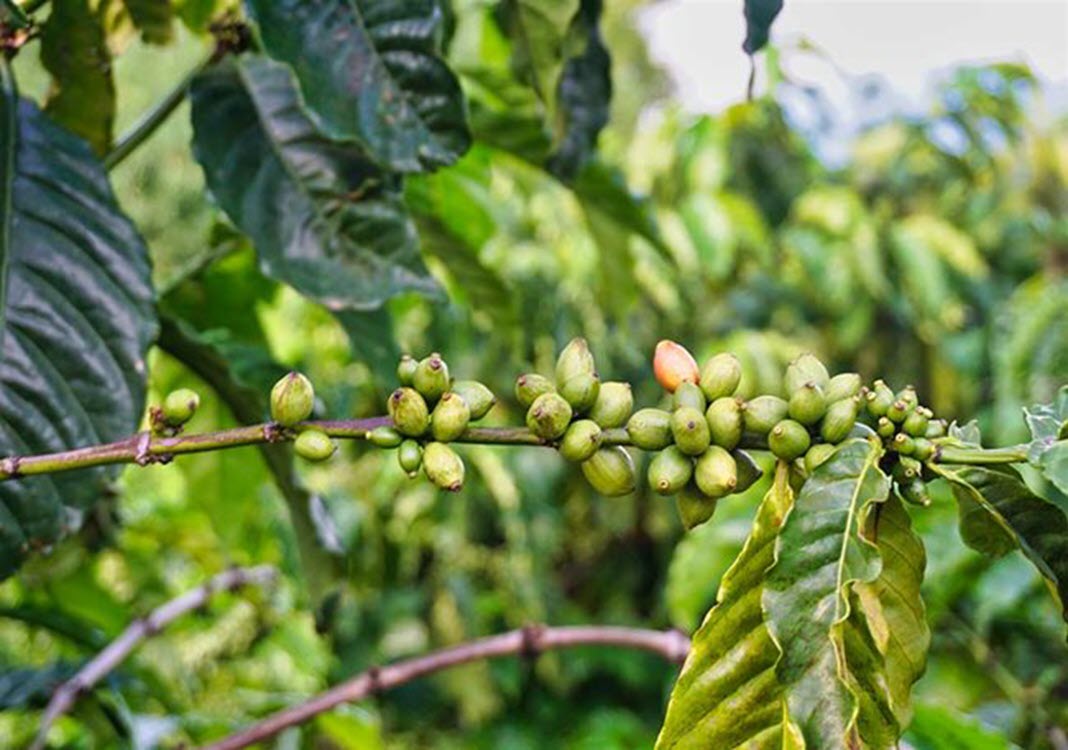It seems that a strong price rally in the global coffee market usually occurs after an economic crisis or an epidemic which impacts the global economy. Each crisis has its own conditions but still they share some common features. Would Covid-19 trigger a bull run in the coffee market?
Many coffee farmers and traders are in hot waters when the Covid-19 pandemic has spread worldwide and become a pandemic.
Coffee has been facing a price crisis since the beginning of the crop. The coronavirus outbreak is only the “last straw that breaks the camel’s back.” The price chart on the London coffee market shows that the coffee prices have plunged, or have been bearish, over the past three years, from US$2,150 per ton in 2017 to US$1,189 per ton now.
Therefore, many coffee traders are feeling anxious, not only about the coronavirus outbreak but also the good 2020 coffee harvest of Brazil, the world’s top coffee exporter. Many forecasters have put out impressive figures for Brazil’s coffee production. Recently, the Dutch agriculture bank Rabobank has estimated a coffee output of some 67.5 million bags (a bag weighs 60 kilos), with about 18.5 million bags of robusta coffee, a historical record.
It’s true that the 2020 coffee production will be really impressive, if it’s for Brazil alone. But the Covid-19 outbreak could be a game changer.
Less coffee exports and storage
A decline in storage is the result of little exports. As long as coffee exporting countries and coffee consuming countries apply social distancing, the world’s coffee exports will decline and coffee storage in consuming countries will diminish.
The latest periodical report released by the International Coffee Organization (ICO) in March shows that the world’s coffee exports in the first five months of the 2019-2020 crop starting October 1, 2019 were 50.97 million bags, down 3.4% against the same period in the previous crop. Amid the Covid-19 outbreak, many transport and warehousing firms have had to shutter. A number of coffee exporting countries like Brazil, Columbia and Honduras have reported a decline in exports. There is no ground for forecasting that export will increase in the remaining time of the first half of 2020, as both exporters and importers have reduced signing new contracts. In importing countries, coffee roasters, both big and small, make use of coffee in stock and buy small amounts of coffee enough for processing to home deliver to customers due to the lockdown situation.
The two figures of coffee storage which have the strongest impact on the world’s coffee prices are from the Green Coffee Association (GCA) in America and the European Coffee Federation (ECF). The latest reports by these two organizations show that the available coffee storage in North America by end-March 2020 was 6.2 million bags, equivalent to a processing volume for consumption in 12-14 weeks, and the storage volume in the European Union by December 2019 was 5.4 million, enough for consumption in 5-6 weeks without any coffee imports.
With these figures, it can be assumed that the coffee storage in North America may fall drastically from April to July 2020. In the EU, the storage has diminished significantly, but imports for replenishment are not allowed due to efforts to fight Covid-19.

The bull phase?
The prices on the London robusta coffee derivatives market, where Vietnamese coffee traders use as references, have experienced a nosedive four times since 2008. All the price plunges have been associated with crises followed by many ensuing financial bailout packages, such as quantitative easing programs.
The current nosedive is deeper than the one in 2008. Historical records show that the collapse of a range of American banks which pulled down other banks worldwide originated from mortgage trading contracts, sparking a global economic crisis. The U.S. Federal Reserves (Fed) and other central banks have had to pump out trillions of U.S. dollars to improve the situation, such as US$1.5 trillion in America, US$170 billion in the EU and US$586 billion in China.
Later, quantitative easing packages worth trillions of U.S. dollars launched by rich countries during 2010-2015 helped the robusta coffee prices survive the birdflu outbreak with the first animal-to-human transmission case recorded in China in 2013.
Huge money flooded financial exchanges, helping coffee prices on the London robusta coffee derivatives market and the New York arabica coffee market to break out from the bottom and pick up. Realities show that many world’s veteran coffee traders which used to believe in supply and demand factors and analyses have been hit hard. Some coffee roasters have even faced bankruptcy, as they are slow to change their outlooks for the market where prices are decided by the huge money on financial exchanges.
It can be said that the bullish phase is elusive somewhere in the coffee market thanks to Covid-19. The pandemic is widely believed to cause a disastrous economic recession. Therefore, central banks in the United States, the European Union, China, Japan, South Korea and other countries are using the “financial cannons” to shell the coronavirus, determined to not let their economies and the global economy fall into a disaster like what is happening in the health sector.
The question is when this bullish phase will occur? It’s not easy to answer. However, in the current situation when consumption is falling, logistics is difficult and many countries are struggling with the Covid-19 outbreak, it must wait at least until coffee shops, restaurants and eateries are re-opened. When enterprises and workers have stable business and income, every body is expected to be willing to pay higher for the coffee they enjoy.
By Nguyen Quang Binh











